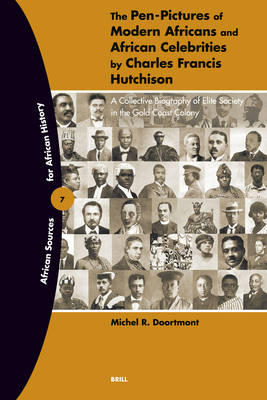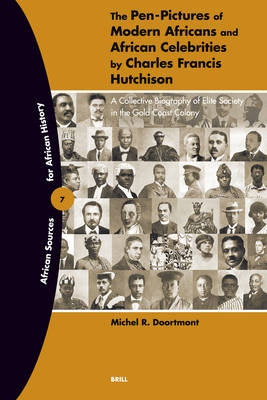
- Afhalen na 1 uur in een winkel met voorraad
- Gratis thuislevering in België vanaf € 30
- Ruim aanbod met 7 miljoen producten
- Afhalen na 1 uur in een winkel met voorraad
- Gratis thuislevering in België vanaf € 30
- Ruim aanbod met 7 miljoen producten
Zoeken
The Pen-Pictures of Modern Africans and African Celebrities by Charles Francis Hutchison
Doortmont
€ 167,45
+ 334 punten
Omschrijving
The Pen-Pictures is a well-known source for the history of the Gold Coast, modern Ghana, cited and quoted by both professional historians and interested lay-people. This annotated edition is the first reprint of the book and offers a lively and both historically and literarily interesting text about an important phase in Ghanaian history. The added introduction and annotation offer a context hitherto unavailable to the scholar and general reader.
Specificaties
Betrokkenen
- Auteur(s):
- Uitgeverij:
Inhoud
- Aantal bladzijden:
- 520
- Taal:
- Engels
- Reeks:
- Reeksnummer:
- nr. 7
Eigenschappen
- Productcode (EAN):
- 9789004140974
- Verschijningsdatum:
- 9/11/2004
- Uitvoering:
- Paperback
- Formaat:
- Trade paperback (VS)
- Afmetingen:
- 161 mm x 240 mm
- Gewicht:
- 934 g

Alleen bij Standaard Boekhandel
+ 334 punten op je klantenkaart van Standaard Boekhandel
Beoordelingen
We publiceren alleen reviews die voldoen aan de voorwaarden voor reviews. Bekijk onze voorwaarden voor reviews.








